Mold Matters: Can Mold Come Back After Remediation?
Published in Home Articles
The majority of US houses harbor some kind of mold. These spores can live in basements, bathrooms, kitchens, and other humid areas around your home. When left untreated, these tiny fungi can cause significant damage.
Breathing in mold can lead to coughing, a sore throat, and wheezing. But mold spores can also consume almost any material. Growing colonies can eat homes, leaving only skeletal metal beams in their wake.
Mold remediation can remove growing colonies. But is it enough to keep fungal spores from coming back? Let’s find out!
What Is Mold Remediation?
If you’ve got mold in your home, you’ll likely need to schedule a mold remediation service.
Once you do so, a specialist will arrive at your home to perform a mold inspection. If this inspector finds toxic spores or colonies, they’ll consult with you to determine what type of action you’d like to take.
For example, if your home has a slight mold presence, the specialist might recommend an HVAC cleaning or basic remediation. But if there’s significant mold growth, you’ll need to consider a more comprehensive set of services.
Homes that have long-term mold growth may also need extensive repair services. After all, mold can consume organic materials, including the wooden beams keeping your home upright and safe.
Scheduling remediation services sooner rather than later could make a significant difference in your property’s condition. The longer you wait to remediate your home’s mold problem, the worse it’s bound to get!
Mold Remediation: What To Expect
When the mold-removal specialists show up at your home, you might feel like you’ve stepped into a science fiction film. Your chosen specialists might be dressed in full hazmat suits and urge you to leave your home for the day.
But it’s crucial to remember that mold is a significant health hazard. The brave removal specialists that help homeowners with their mold problems need to wear highly protective gear during the process.
Additionally, removing mold colonies causes them to release thousands of tiny airborne spores. If you’re at home during a remediation service, you might breathe these in. That’s why it’s a good idea to leave your home.
Now, a mold remediation service typically focuses on two things:
- Removing mold, and
- Preventing future mold growth
However, most remediation services don’t include damage restoration or deep cleaning. So, any mold stains or peeling paint will likely remain after remediation.
Unfortunately, these damaged areas can become havens for future mold colonies.
Can Mold Come Back?
Thorough mold remediations won’t leave any spores behind, decreasing the chances of further mold growth. That said, mold can come back after a remediation service.
Remember, mold spores float about in the air. Every time you enter or exit your home, these spores can flood inside. If you’re not using an air purifier to remove these molds, they can once again form colonies in your home.
It’s crucial to note that mold-damaged items, furniture, or drywall can harbor mold spores. If you’re not replacing or restoring these things after a remediation service, you might be inviting the mold to return in full force.
That’s why it’s crucial to invest in mold damage restoration services alongside standard remediation services. Doing so can help you avoid further household mold problems.
Remember, mold isn’t only a danger to your property. It’s also a danger to your health! Taking steps to ensure that mold doesn’t return is essential to your overall wellbeing.
Symptoms of Mold Exposure
Some people won’t experience any adverse symptoms after interacting with mold. However, that’s not the norm.
Instead, most people that come into contact with mold spores will exhibit a set of common symptoms, including:
- A runny nose
- Watery eyes
- A consistent headache
- A dry cough
- Difficulty breathing
- Reddened and inflamed skin
One of the most common ways that people interact with mold is via breathing. Mold spores present in the air can enter the lungs, causing the body to react protectively. When this happens, a person may feel ill.
Another way that mold exposure can affect your health is via touch. When a person’s skin comes into contact with mold, the upper layer (epidermis) can develop a rough and red appearance. It may also itch.
Mildew vs. Mold
When considering mold remediation or restoration services, you may wonder: Are you’re dealing with mold or mildew? After all, these two blights are often confused with one another.
Both mold and mildew are types of fungus that can grow inside your home. And though mold is often far more dangerous, mildew can cause significant property damage. It can also contribute to some health problems.
That said, most types of mold are either fuzzy (like the green fuzz on the outside of a rotting fruit) or slimy (like the pink molds that often grow in bathrooms). Mildew tends to have a thinner consistency and powdery look.
Additionally, quite a few types of toxic mold can contribute to respiratory problems and skin inflammation. Those with an allergy to mold may be more likely to notice severe symptoms after contact with spores.
Protect Your Home From Mold
Tiny mold spores float through the air, entering your home via your HVAC system, open windows, or your clothing. When left undisturbed and allowed to grow, these spores can contribute to significant health problems.
Protecting your home from mold may require more than one mold remediation service. After all, mold can grow back if the remaining airborne spores find a spot to settle. Therefore, repeat services might be necessary.
If you enjoyed this article, be sure to check out our related home and health articles now!


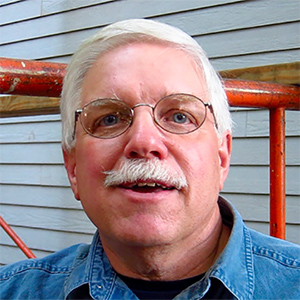



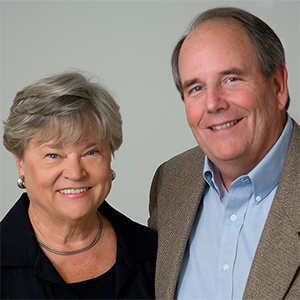




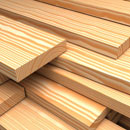



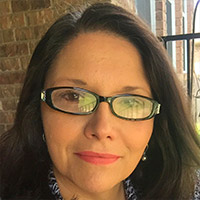







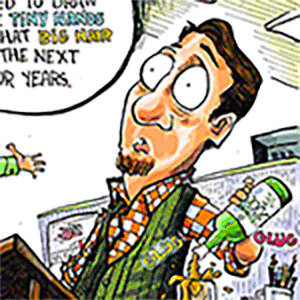


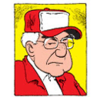


Comments